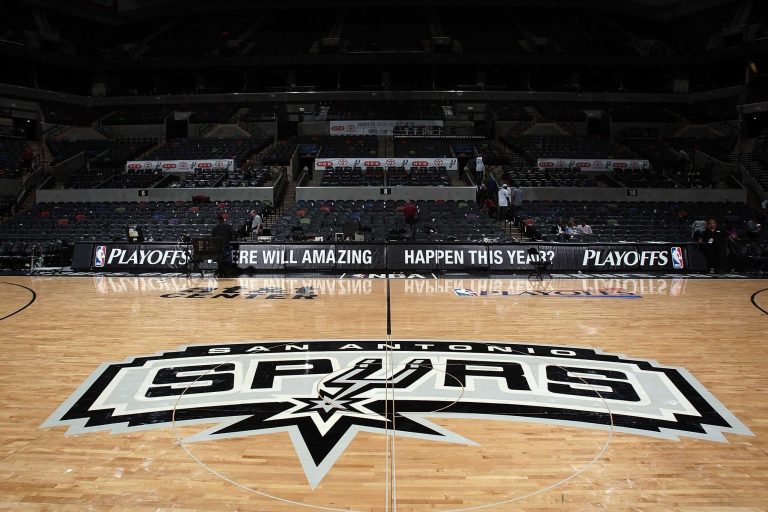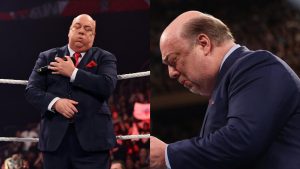By Michael S. Derby
NEW YORK (Reuters) -Federal Reserve Vice Chair for Supervision Michelle Bowman, recently tapped by President Trump as the U.S. central bank’s top bank overseer, said Monday the time to cut interest rates is getting nearer as risks to the job market may be on the rise.
“It is time to consider adjusting the policy rate,” Bowman told a gathering held in Prague, Czech Republic. The official’s shift was unexpected as she had in recent months appeared skeptical of the need to ease monetary policy.
Bowman said inflation appears to be on a sustained path back to 2% and she said she expects “only minimal impact” on inflation from trade policy. “Should inflation pressures remain contained, I would support lowering the policy rate as soon as our next meeting in order to bring it closer to its neutral setting and to sustain a healthy labor market,” Bowman said.
She noted the job market is still in a good place but that she is also increasingly worried about rising risks to the sector and said that such concerns might need to take more prominence in thinking about the outlook.
“We should also recognize that downside risks to our employment mandate could soon become more salient, given recent softness in spending and signs of fragility in the labor market,” Bowman said.
The central banker’s comments on the interest rate outlook caught the attention of financial markets, where stock prices got a hop and futures markets bolstered what are still low odds the central bank will cut rates when the rate-setting Federal Open Market Committee meets at the end of July.
Futures markets still believe rate cuts will start at the September policy meeting.
Bowman’s dovish take on monetary policy was followed later in the day by Chicago Fed President Austan Goolsbee.
The policymaker said that while tariffs carry big risks to the economy in the form of higher inflation and lower growth, which are very tricky for monetary policy to address, thus far some of his stronger worries have not been realized.
“Somewhat surprisingly, thus far, the impact of tariffs has not been what people feared” when huge tariffs were announced at the start of April, Goolsbee said in comments before the Milwaukee Business Journal Mid-Year Outlook.
The policymaker said that if the economy can get through this period of turbulence and uncertainty, the path toward rate cuts may open up again.
“If we do not see inflation resulting from these tariff increase, then, in my mind, we never left what I was calling the golden path,” and that’s a path that until recently heralded cuts in short-term borrowing costs, Goolsbee said.
The official described tariffs as throwing “dirt” in the air and said of that uncertainty, “if the dirt is out of the air, then I think we should proceed” with rate cuts.
STEADY STATE
Last week, the FOMC left its overnight target-rate range fixed between 4.25% and 4.5%.
Officials remained in a wait-and-see mode amid the considerable economic uncertainty created by President Donald Trump’s erratically implemented trade policy.
Most Fed officials are worried surging import taxes could depress growth while restarting what had been cooling inflation pressures. That said, they continue to pencil in two rate cuts for this year.
Even with Trump’s retreat on the most extreme tariff levels, the overall level of his current import taxes, which are currently facing a court challenge, is higher than anything Americans have seen in many years.
“Increases in tariffs this year are likely to push up prices and weigh on economic activity,” Fed Chairman Jerome Powell said on Wednesday following the FOMC meeting.
“It takes some time for tariffs to work their way through,” Powell noted, while adding that when it comes to the tariffs “we’re beginning to see some effects, and we do expect to see more of them over coming months.”
Bowman said in her speech that she supported the Fed’s decision to hold steady. But she also noted that she sees far fewer storm clouds ahead for the economy with more clarity arriving for the outlook.
Bowman’s openness to cutting rates soon is joined by that of Fed Governor Christopher Waller, who said in a television interview on Friday he would also consider a rate cut at the July 29-30 meeting. Waller is widely considered to be in the running to succeed Powell, whose term ends next year.
Trump has repeatedly pressured the Fed to pursue very large rate cuts akin to those taken in times of crisis amid regular insults to Powell. Observers believe any Fed chair would need to align with Trump’s desire for much lower short-term borrowing costs, although doing so could put the Fed’s inflation fighting credibility at risk.
Goldman Sachs economists said in a note that the next few months will be telling for the price pressure outlook, telling clients in a note on Monday that “we expect the largest tariff effects on monthly inflation to show up from June through August.”
Bowman was also quite sanguine on the inflation outlook, saying “it appears that any upward pressure from higher tariffs on goods prices is being offset by other factors and that the underlying trend in core (Personal Consumption Expenditures) inflation is moving much closer to our 2% target than is currently apparent in the data.”
She also said Trump’s policy mix is likely to have a positive impact on the outlook.
“Less restrictive regulations, lower business taxes, and a more friendly business environment will likely boost supply and largely offset any negative effects on economic activity and prices,” Bowman said.
(Reporting by Michael S. Derby; Editing by Marguerita Choy)







